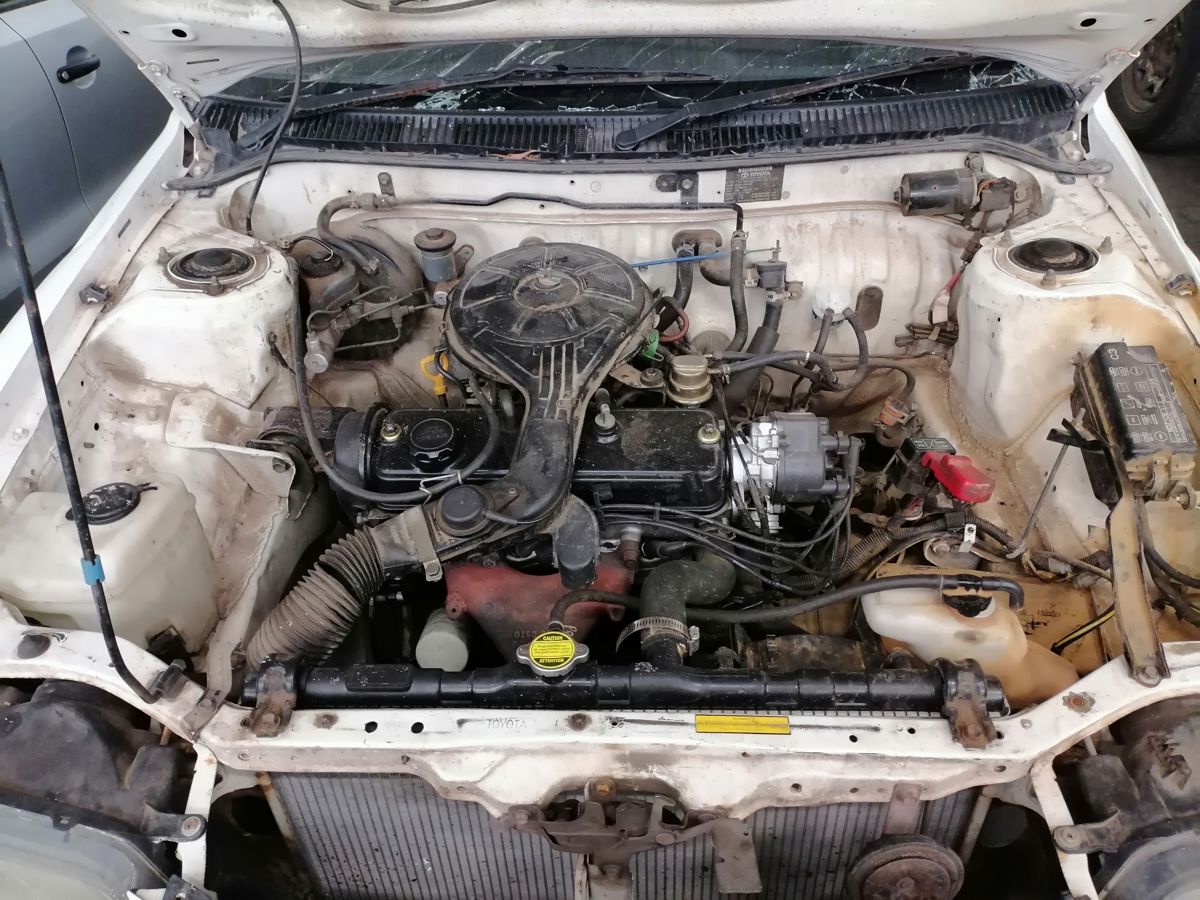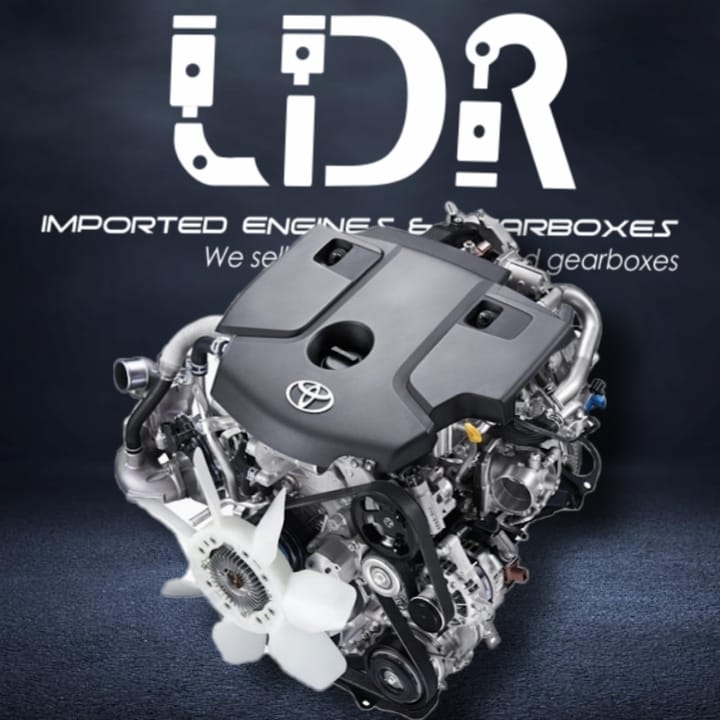How the Toyota Tazz Became a Staple in the Compact Car Market
How the Toyota Tazz Became a Staple in the Compact Car Market
Blog Article
Explore the current Fads in Engine Modern Technology Through Tazz
In the swiftly evolving landscape of automobile modern technology, Tazz stands at the leading edge, highlighting considerable developments in engine systems that focus on both innovation and sustainability. From crossbreed engines that maximize fuel performance to the emergence of hydrogen gas cells, the fads forming modern powertrains are not only boosting performance but additionally resolving important ecological challenges.
Crossbreed Engine Innovations
Crossbreed engine advancements stand for an essential shift in vehicle innovation, incorporating the advantages of interior burning engines with electric propulsion systems. This assimilation not just enhances gas efficiency however likewise reduces emissions, conference significantly strict ecological policies. By making use of both power sources, hybrid engines can maximize performance, providing power when needed while preserving gas during much less demanding driving conditions.
Recent improvements in hybrid innovation consist of enhancements in battery effectiveness and regenerative stopping systems. These advancements enable greater energy recovery throughout slowdown, which can be rerouted to assist in velocity or power accessory systems. Makers are concentrating on small layouts and light-weight products to make the most of the efficiency of hybrid powertrains.
The growth of plug-in crossbreeds has additionally broadened the market, allowing drivers to charge their automobiles using common electrical outlets. This feature typically enables substantial all-electric range, further reducing dependancy on traditional gas. tazz. As the vehicle sector proceeds to evolve, hybrid engine modern technologies are anticipated to play an essential role in bridging the gap between traditional vehicles and totally electric designs, offering a transitional service that accommodates varied consumer needs and choices
Developments in Electric Powertrains
The automotive landscape is quickly evolving, with electric powertrains emerging as a leading force in sustainable transportation. Advances in electric automobile (EV) technology are dramatically enhancing effectiveness, individual, and performance experience. Trick technologies consist of enhancements in battery chemistry, which have increased power thickness, lowered billing times, and prolonged total battery life.
Solid-state batteries, as an example, guarantee to transform the marketplace by giving greater safety and efficiency compared to standard lithium-ion cells. Moreover, improvements in regenerative stopping systems are making it possible for lorries to recuperate energy throughout deceleration, contributing to total effectiveness.
In enhancement to battery innovation, electrical motor styles are coming to be a lot more advanced. Advancements such as integrated electric motors and progressed thermal administration systems are aiding to enhance power delivery and lower weight, eventually enhancing lorry characteristics.

Jointly, these advancements emphasize the dedication to change in the direction of cleaner, a lot more reliable transportation solutions, placing electrical powertrains at the leading edge of automobile advancement.
The Rise of Hydrogen Fuel Cells
Increasingly, hydrogen gas cells are obtaining traction as a feasible choice to typical interior burning engines and battery electrical automobiles. This innovation uses the chemical power stored in hydrogen, transforming it into electricity with an electrochemical reaction with oxygen. The main result of this procedure is water, making hydrogen gas cells an eco-friendly choice with no exhausts at the tailpipe.

Car manufacturers are increasingly purchasing hydrogen fuel cell technology, acknowledging its possibility for long-range applications and fast refueling abilities that equal standard gas. In addition, sectors such as durable transport and public transportation are particularly fit for hydrogen gas cells, where battery electrical solutions might fall short as a result of weight and range constraints.
As study and investment continue to broaden, hydrogen fuel cells are positioned to play a considerable duty in the future landscape of clean transportation and energy remedies.
Enhancements in Internal Combustion Engines
Innovations in inner burning engine (ICE) technology are changing standard cars to meet modern environmental criteria and performance expectations. Among the most significant improvements involves the combination of advanced gas injection systems. These systems enhance the air-fuel blend, improving combustion efficiency and causing minimized exhausts. Direct gas shot, for example, enables for far better atomization of fuel, bring about more complete burning and boosted power result.
Additionally, turbocharging has actually gained prestige, allowing smaller sized engines to deliver higher performance without the weight of larger engines - tazz. This modern technology not just improves efficiency yet additionally contributes to reduce fuel usage. Variable valve timing systems are likewise being fine-tuned, making it possible for engines to adjust to different driving conditions for boosted torque and responsiveness
Moreover, making use of lightweight materials in engine building and construction is becoming basic, more boosting fuel effectiveness by minimizing total automobile weight. Engine control systems (ECUs) are progressively sophisticated, allowing real-time adjustments that maximize efficiency and discharges.
These enhancements jointly signify an essential change in ICE innovation, lining up with global sustainability goals while still offering the performance chauffeurs expect from their lorries. As the market evolves, these improvements remain to shape the future of traditional vehicle design.
Future Trends in Engine Performance
Substantial developments in engine performance are anticipated as makers concentrate on incorporating sophisticated modern technologies to fulfill rigorous environmental regulations and customer demands. The change in the direction of electrification, crossbreed systems, and alternate fuels is reshaping the auto landscape, driving technologies that boost gas economic situation and reduce emissions.
One of the crucial trends is the application of advanced products and manufacturing techniques. High-strength alloys and lightweight compounds add to decreased automobile weight, therefore improving overall efficiency. Additionally, the adoption of turbocharging and variable valve timing modern technologies permits for improved power result from smaller engines, further improving gas economy.

Verdict
Developments in hybrid engine systems, electrical powertrains, and hydrogen gas cells demonstrate a commitment to minimizing emissions while improving efficiency. Renovations in interior combustion engines and an emphasis on lightweight products contribute to total engine effectiveness.
From crossbreed engines that optimize gas performance to the introduction of hydrogen gas cells, the fads shaping modern-day powertrains are not only boosting efficiency however also addressing vital environmental difficulties.Hybrid engine innovations stand for a critical shift in automotive modern technology, incorporating the advantages of inner burning engines with electrical propulsion systems.In addition, turbocharging has actually gained prominence, allowing smaller sized engines to supply greater performance without the weight of bigger engines. Additionally, the adoption of turbocharging and variable valve timing technologies permits for enhanced power output from smaller engines, better improving fuel economy.
Renovations in inner burning engines and a focus on light-weight materials contribute to general engine effectiveness.
Report this page